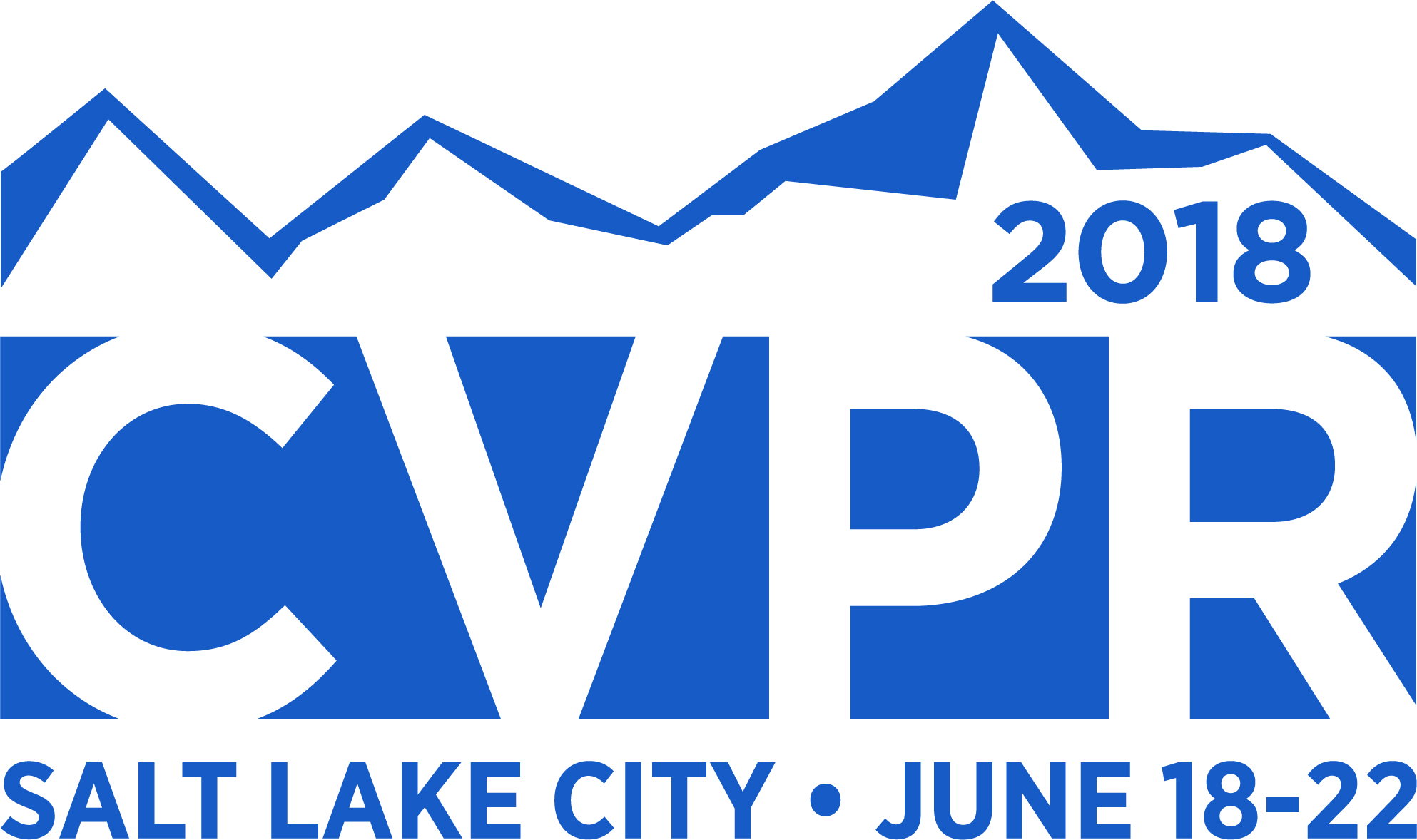-
The Perception-Distortion Tradeoff
AbstractImage restoration algorithms are typically evaluated by some distortion measure (e.g. PSNR, SSIM, IFC, VIF) or by human opinion scores that quantify perceived perceptual quality. In this paper, we prove mathematically that distortion and perceptual quality are at odds with each other. Specifically, we study the optimal probability for correctly discriminating the outputs of an image restoration algorithm from real images. We show that as the mean distortion decreases, this probability must increase (indicating worse perceptual quality). As opposed to the common belief, this result holds true for any distortion measure, and is not only a problem of the PSNR or SSIM criteria. However, as we show experimentally, for some measures it is less severe (e.g. distance between VGG features). We also show that generative-adversarial-nets (GANs) provide a principled way to approach the perception-distortion bound. This constitutes theoretical support to their observed success in low-level vision tasks. Based on our analysis, we propose a new methodology for evaluating image restoration methods, and use it to perform an extensive comparison between recent super-resolution algorithms.
Related Material
[pdf] [supp] [arXiv] [video][bibtex]@InProceedings{Blau_2018_CVPR,
author = {Blau, Yochai and Michaeli, Tomer},
title = {The Perception-Distortion Tradeoff},
booktitle = {Proceedings of the IEEE Conference on Computer Vision and Pattern Recognition (CVPR)},
month = {June},
year = {2018}
}
These CVPR 2018 papers are the Open Access versions, provided by the Computer Vision Foundation.
Except for the watermark, they are identical to the accepted versions; the final published version of the proceedings is available on IEEE Xplore.
Except for the watermark, they are identical to the accepted versions; the final published version of the proceedings is available on IEEE Xplore.
This material is presented to ensure timely dissemination of scholarly and technical work.
Copyright and all rights therein are retained by authors or by other copyright holders.
All persons copying this information are expected to adhere to the terms and constraints invoked by each author's copyright.

